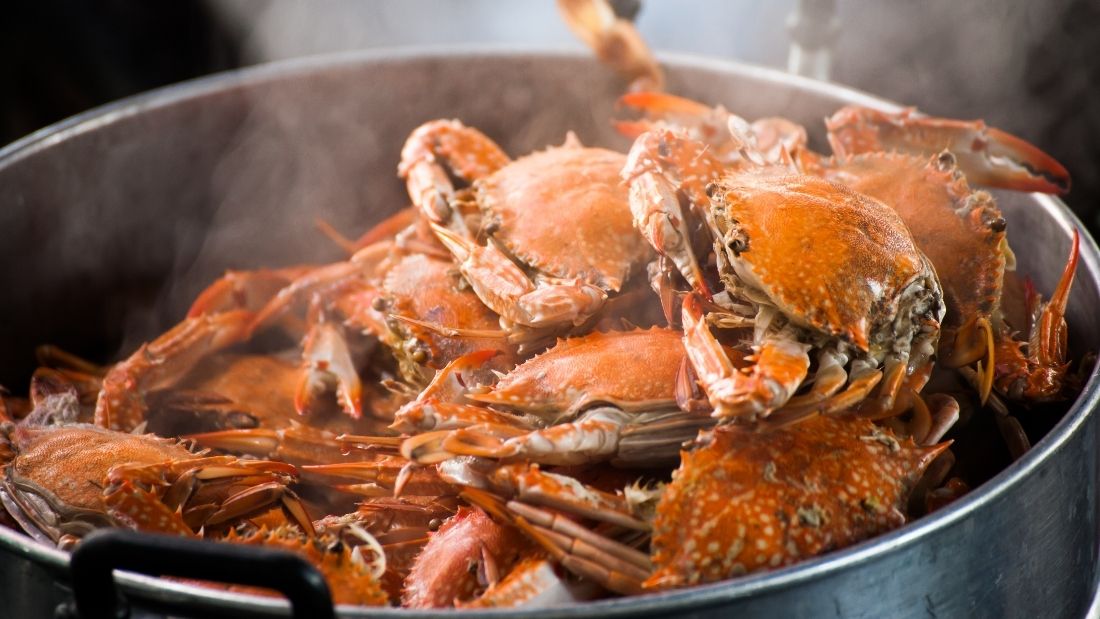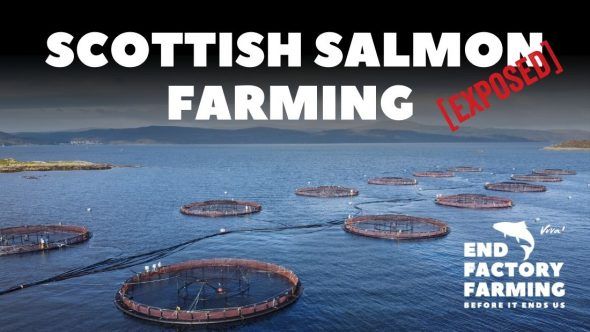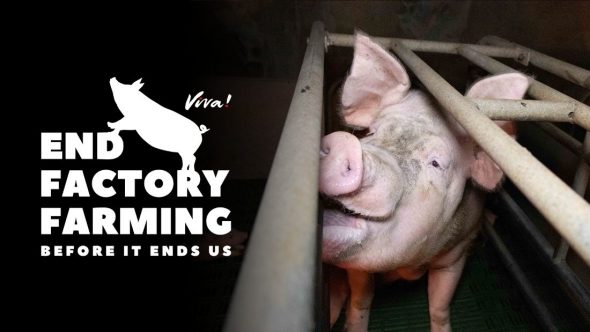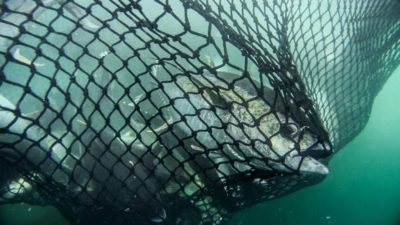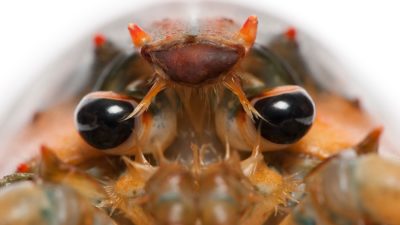Crabs
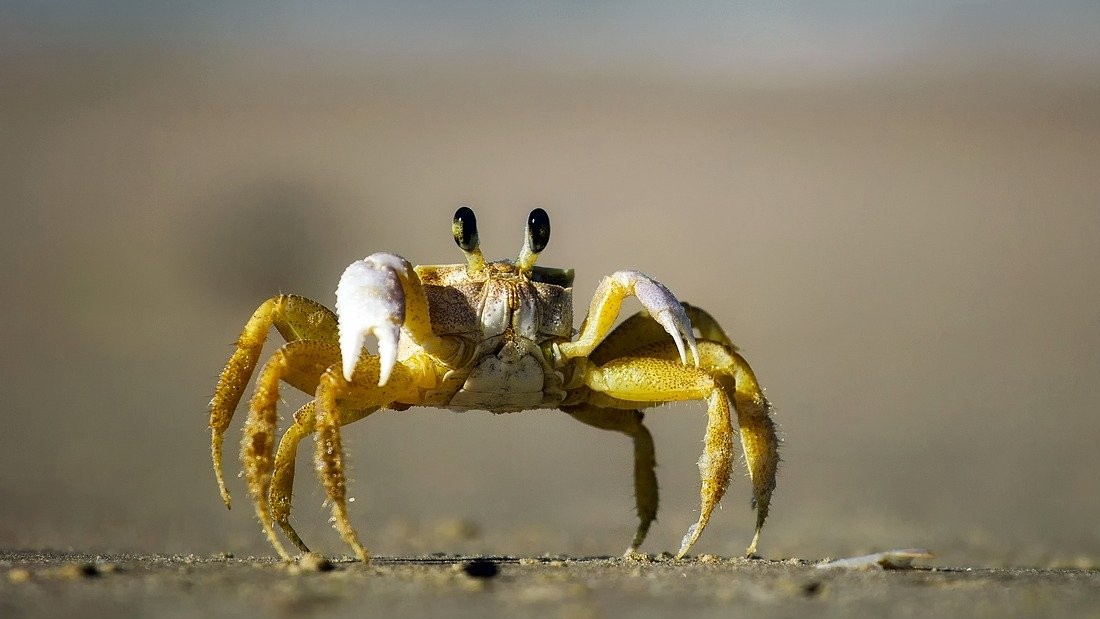
- There are thousands of types of crab,1Marine Biological Association. ‘Fact Sheet: Crabs.’ Marine Biological Association. Available at https://www.mba.ac.uk/fact-sheet-crabs [Accessed 30 April 2020]. ranging from the little pea crab at less than an inch wide to the Japanese spider crab, with a leg span of up to four
- They are part of a group of animals called crustaceans. The word crustacean comes from the Latin word crusta, which means shell.
- They can quickly learn to navigate mazes,2Katz, B., 2019. ‘Crabs Can Learn to Navigate Mazes, Too.’ Smithsonian Magazine, 1 November. Available at https://www.smithsonianmag.com/smart-news/crabs-can-learn-navigate-mazes-too-180973452/ [Accessed 30 April 2020]. which shows just how smart these underrated animals are.
- Much like people bartering for goods, hermit crabs form trading chains of up to 20 individuals, swapping shells with one another until they find their perfect seashell home.3BBC Earth, 2015. ‘Amazing Crabs Shell Exchange.’ BBC, 25 September. Available at https://www.youtube.com/watch?v=f1dnocPQXDQ [Accessed 30 April 2020].
- Japanese spider crabs can live for up to 100 years.4National Museum of Natural History. ‘Japanese Spider Crab.’ Smithsonian. Available at https://ocean.si.edu/ocean-life/invertebrates/japanese-spider-crab [Accessed 30 April 2020].
- They have been around since the Late Jurassic period,5Encyclopaedia Britannica. ‘Jurassic Period.’ Encyclopaedia Britannica. Available at https://www.britannica.com/science/Jurassic-Period/Paleoclimate [Accessed 30 April 2020]. over 140 million years ago.
- They typically walk and swim sideways.
- They have eyes on stalks, just like snails.
- They communicate by drumming or waving their pincers. For example, male fiddler crabs wave their large claws to attract females.6Rotjan, R., Chabot, J., Lewis, S., 2010. ‘Social context of shell acquisition in Coenobita clypeatus hermit crabs.’ Behavioral Ecology, 21 (3), May-June, 639–646. Available at https://doi.org/10.1093/beheco/arq027 [Accessed 30 April 2020].
Do Crabs Feel Pain?
Much like fish, many people have been encouraged to believe that crabs and other crustaceans can’t feel pain. Because of this myth, they are allowed to be delivered alive and bound in the post1Horton, H., 2019. ‘Lobster Mail Order Should Be Banned After Brexit, campaigners demand as they tell Amazon to stop putting animals in the post.’ The Telegraph, 4 March. Available at https://www.telegraph.co.uk/news/2019/03/04/lobster-mail-order-should-banned-brexit-campaigners-demand-tell/ [Accessed 30 April 2020]. for people to kill in their own homes, something which would be unthinkable for piglets, lambs, chickens or other land animals.
Make no mistake, crabs have two main nerve centres and do feel pain and it’s been proved over and over again.2Broom, D.M., 2007. ‘Cognitive Ability and Sentience: Which Aquatic Animals Should Be Protected?’ University of Cambridge, May 4. Available at http://www.neuroscience.cam.ac.uk/publications/download.php?id=38284 [Accessed 30 April 2020].3Elwood, R.W., 2012. ‘Evidence for Pain in Decapod Crustaceans.’ Universities Federation for Animal Welfare, June. Available at https://www.researchgate.net/publication/263077638_Evidence_for_pain_in_decapod_crustaceans [Accessed 30 April 2020].4Elwood, R.W., Patterson, L., Barr, S., 2009. ‘Pain and Stress in Crustaceans?’ Applied Animal Behaviour Science, May. 118 (3), 128-136. Available at https://www.researchgate.net/publication/243067984_Pain_and_stress_in_crustaceans [Accessed 30 April 2020]. Countries such as Norway, Switzerland and New Zealand have responded to the scientific evidence by including crabs in animal welfare legislation.5Animal Welfare Act, 1999. Available at http://www.legislation.govt.nz/act/public/1999/0142/latest/DLM49664.html, [Accessed 1 May 2020].6Animal Welfare Act, 2010. Available at https://www.animallaw.info/statute/noway-cruelty-norwegian-animal-welfare-act-2010#s2 [Accessed 1 May 2020].7SwissInfo, 2018. ‘Switzerland Bans Crustacean Cruelty.’ SwissInfo, 10 January. Available at https://www.swissinfo.ch/eng/animal-welfare_switzerland-bans-crustacean-cruelty-/43814438 [Accessed 1 May 2020].
In the UK, crustaceans aren’t considered to be ‘animals’ and therefore aren’t included in the Animal Welfare Act 2006.8Animal Welfare Act 2006. Available at https://www.legislation.gov.uk/ukpga/2006/45/section/1 [Accessed 30 April 2020]. People can treat them however they like without any legal repercussions, despite the evidence that they feel pain.
How Sentient Are Crabs?
With their strange skeletons being on the outside (exoskeletons), their sideways walk and a life that’s mysterious to most people, it’s easy to see crabs almost as an alien life form. We tend to feel more compassionate towards animals who are most similar to us or that we consider pretty – particularly other primates or cuddly kittens and puppies. Crustaceans, fish and insects draw the short straw because they seem so different.
While some people accept that crabs feel pain, far too many don’t and never give a thought to whether they might be intelligent, capable of independent thought or their sentience. We really underestimate crabs, who have an ability to learn know how to navigate and can remember routes within mazes. They also have highly sophisticated memories and can apply the knowledge they’ve accumulated.9Westly, E., 2011. ‘Crab’s Brain Encodes Complex Memories.’ Scientific American, 1 November. Available at https://www.scientificamerican.com/article/clever-crustaceans/ [Accessed 30 April 2020]. They can feel pain, they are intelligent and should demand our compassion as well as other animals.

There are thousands of types of crab, who inhabit nearly every marine environment in the world, from the tropics to the polar regions. There are too many variations to give a complete run down of their natural life because the life of each type varies in extraordinary ways. What we can do is give you an idea of how crabs live when free of human interference.
Where Did They Come From?
Crabs have roamed across almost every marine ecosystem and can be traced back to the Late Jurassic period, over 140 million years ago.10Encyclopaedia Britannica. ‘Jurassic Period.’ Encyclopaedia Britannica. Available at https://www.britannica.com/science/Jurassic-Period/Paleoclimate [Accessed 30 April 2020]. They are a ten-legged crustacean known as Brachyura and they don’t live solely in the oceans – some types have evolved to live solely on land, even developing lungs such as the Coconut Crab.
Natural Diet
Most crabs are omnivorous, feeding on plants, seaweeds, and small animals and some are opportunistic scavengers, feeding on dead animals.2Marine Biological Association. ‘Fact Sheet: Crabs.’ Marine Biological Association. Available at https://www.mba.ac.uk/fact-sheet-crabs [Accessed 30 April 2020].
Life Expectancy
There are thousands of types of crab with different lifespans, but Japanese Spider Crabs claim the longest life expectancy of about 100 years.3National Museum of Natural History. ‘Japanese Spider Crab.’ Smithsonian. Available at https://ocean.si.edu/ocean-life/invertebrates/japanese-spider-crab [Accessed 30 April 2020]. Brown crabs are the ones most commonly eaten in the UK, with a natural lifespan of 30 years.4Marine Conservation Society. ‘Crab, brown or edible.’ Good Fish Guide. Available at https://www.mcsuk.org/goodfishguide/search?name=brown+crab [Accessed 30 April 2020].
Predators
Because crabs are found in so many different environments, they have a wide range of predators, including birds such as seagulls, lobsters, turtles, fish, octopuses and even larger crab species.
Wild Crabs and Farmed Crabs
The majority of crabs eaten in the UK are captured at sea and have not suffered from generations of selective breeding in similar ways to hens, dairy cows and other farmed animals. But wouldn’t you know it, people are now attempting precisely that5Y, Fujaya., D, Trijuno., S, Aslamyah., N, Alam., 2016. ‘Domestication and selective breeding for producing fast growing and high meat quality of blue swimming crab (Portunus pelagicus).’ Hasanuddin University. Available at http://www.bioflux.com.ro/docs/2016.670-679.pdf [Accessed 30 April 2020]. and it will almost certainly result in the usual welfare insults such as unnatural growth rates and overcrowding just as has happened to broiler chickens, egg-laying hens among other farmed animals.
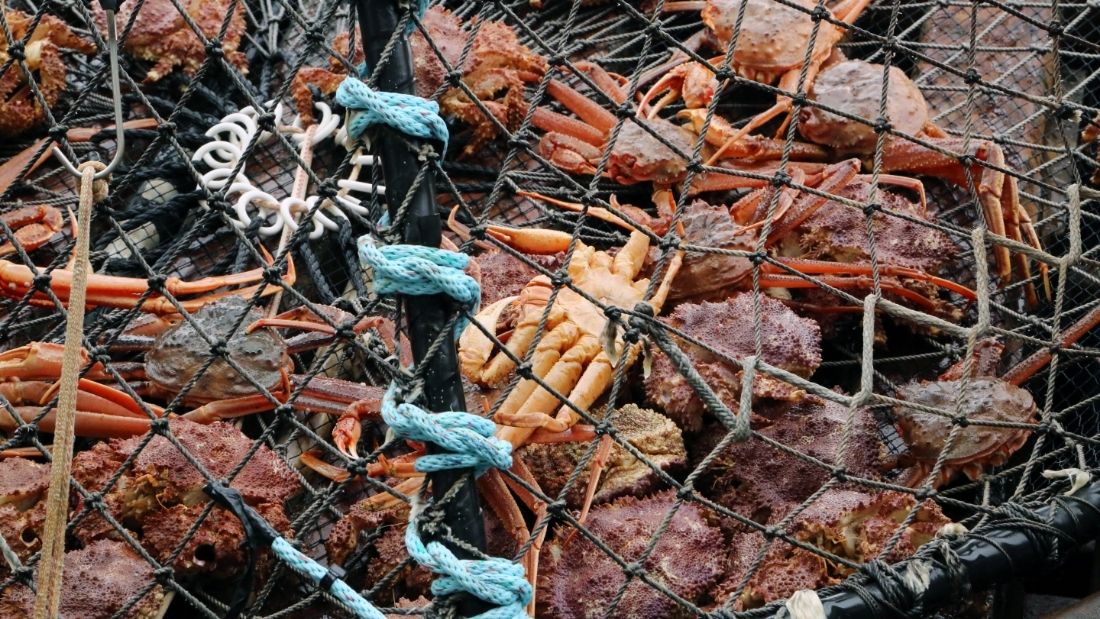
Crabs have no legislation to protect them in the UK – they’re not even classed as an animal in the Animal Welfare Act 2006. The nonsensical view that they don’t have sentience or the ability to feel pain exposes them to severe cruelty both in how they are captured, trapped and killed.
Size of the Crab Industry
In 2018, 697,500 tonnes of marine animals were landed from UK vessels of which 35,000 tonnes were crabs, about 1/20th in weight of the fishing industry’s catch translating to hundreds of millions of crabs.1Marine Management Organisation. ‘UK Sea Fisheries Statistics 2018.’ National Statistics. Available at https://assets.publishing.service.gov.uk/government/uploads/system/uploads/attachment_data/file/863732/UK_sea_fisheries_statistics_2018.pdf [Accessed 30 April 2020].
Capture
The vast majority of crabs are captured in the wild rather than bred through aquaculture – although this is starting to grow rapidly in certain regions of the world.
Crab pots or traps are the usual type of capture where bait (usually dead fish) is placed inside mesh cages, which are then lowered to the seabed. Crabs can’t access the bait without crawling inside the pot through a no-return entrance, trapping them. It may be hours or days before the pots are hauled back up.
Trawling is sometimes used where a weighted net is dragged along the seabed, resulting in a high rate of ‘bycatch’ – animals who aren’t edible or popular for human consumption and which may well be endangered. Bycatch is usually thrown back into the ocean dead or injured, and can include turtles and dolphins.2World Wide Fund for Nature. ‘Bycatch.’ WWF. Available at https://www.worldwildlife.org/threats/bycatch [Accessed 30 April 2020]
Once captured and hauled up from their homes, crabs are kept in holding containers. In the process, they may lose their fragile legs or suffer other injuries and there is not even a façade of welfare to protect them. Mind you, farmed land animals also have little in the way of legal protection, just recommendations and we know from our undercover investigations that these are routinely ignored.3Animal Welfare Act 2006. Available at https://www.legislation.gov.uk/ukpga/2006/45/section/1 [Accessed 30 April 2020].
Crabs are transported all over the UK, often live, all for the sake of ‘freshness’. The conditions are appalling – claws are bound, they are crammed together with other crabs and being territorial animals, it is highly stressful and may last for days before they’re killed.

It’s perfectly legal for people to buy live crabs to kill at homes. Just like lobsters, they are frequently boiled alive, which we know causes intense agony and is a brutal way for any animal to die.
One of the recommended ‘humane’ ways to kill crabs is to put them in a freezer or pack them with crushed ice which supposedly renders them insensible before slaughter.1Royal Society for the Prevention of Cruelty to Animals Australia. ‘What is the most humane way to kill crustaceans for human consumption?’ RSPCA. Available at https://kb.rspca.org.au/knowledge-base/what-is-the-most-humane-way-to-kill-crustaceans-for-human-consumption/ [Accessed 30 April 2020]. However, the process takes 30-40 minutes before the crabs are rendered unconscious, during which time of course they suffer.2Roth, B. and Øines, S., 2010. ‘Stunning and killing of edible crabs (Cancer pagurus).’ Universities Federation for Animal Welfare. Animal Welfare, 19 (3), August, 287-294 [Accessed 1 May 2020]. Once chilled, the advice is to drive a skewer through the underside of the crab and drain him or her of fluid.1Royal Society for the Prevention of Cruelty to Animals Australia. ‘What is the most humane way to kill crustaceans for human consumption?’ RSPCA. Available at https://kb.rspca.org.au/knowledge-base/what-is-the-most-humane-way-to-kill-crustaceans-for-human-consumption/ [Accessed 30 April 2020].
Because anyone is allowed to buy and kill crabs, it’s purely pot luck what happens to them – freezing to death, skewering them before they’ve been chilled long enough to go into a state of torpor or being boiled alive.
Another way of killing crabs is to stun them in an electric bath.1Royal Society for the Prevention of Cruelty to Animals Australia. ‘What is the most humane way to kill crustaceans for human consumption?’ RSPCA. Available at https://kb.rspca.org.au/knowledge-base/what-is-the-most-humane-way-to-kill-crustaceans-for-human-consumption/ [Accessed 30 April 2020]. This is usually a commercial method done on a large scale when crabs are to be sold dead and not feasible in ordinary households.
Once stunned, the crab is ‘spiked’ with a skewer or sharp-pointed knife to destroy their two nerve centres.
The fact that anyone can kill a crab any way they like without consequences opens up the possibility of even more horrific methods than these.
